7 Basic Types of Racks
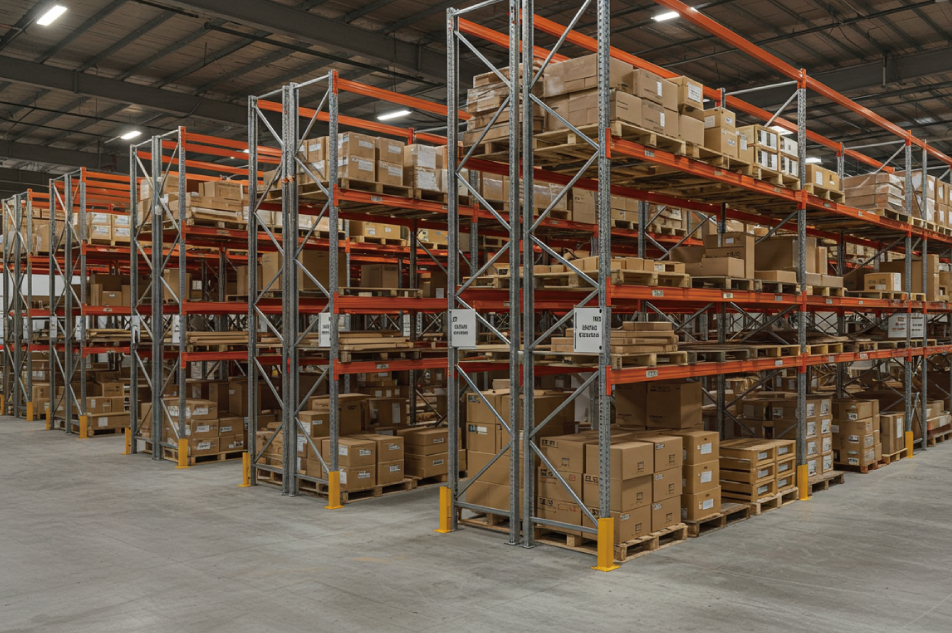
Introduction
Whether you're managing a small business or a massive distribution center, storage problems can arise due to warehouse capacity limitations or the variety of product types. Therefore, it’s essential to understand the characteristics of racking systems.
In this guide, we'll explore 7 basic types of industrial pallet racking systems, each designed to meet different storage and retrieval demands. By understanding the unique benefits, features, and applications of each system, you'll be able to make a more informed decision.
1. Selective Pallet Racking
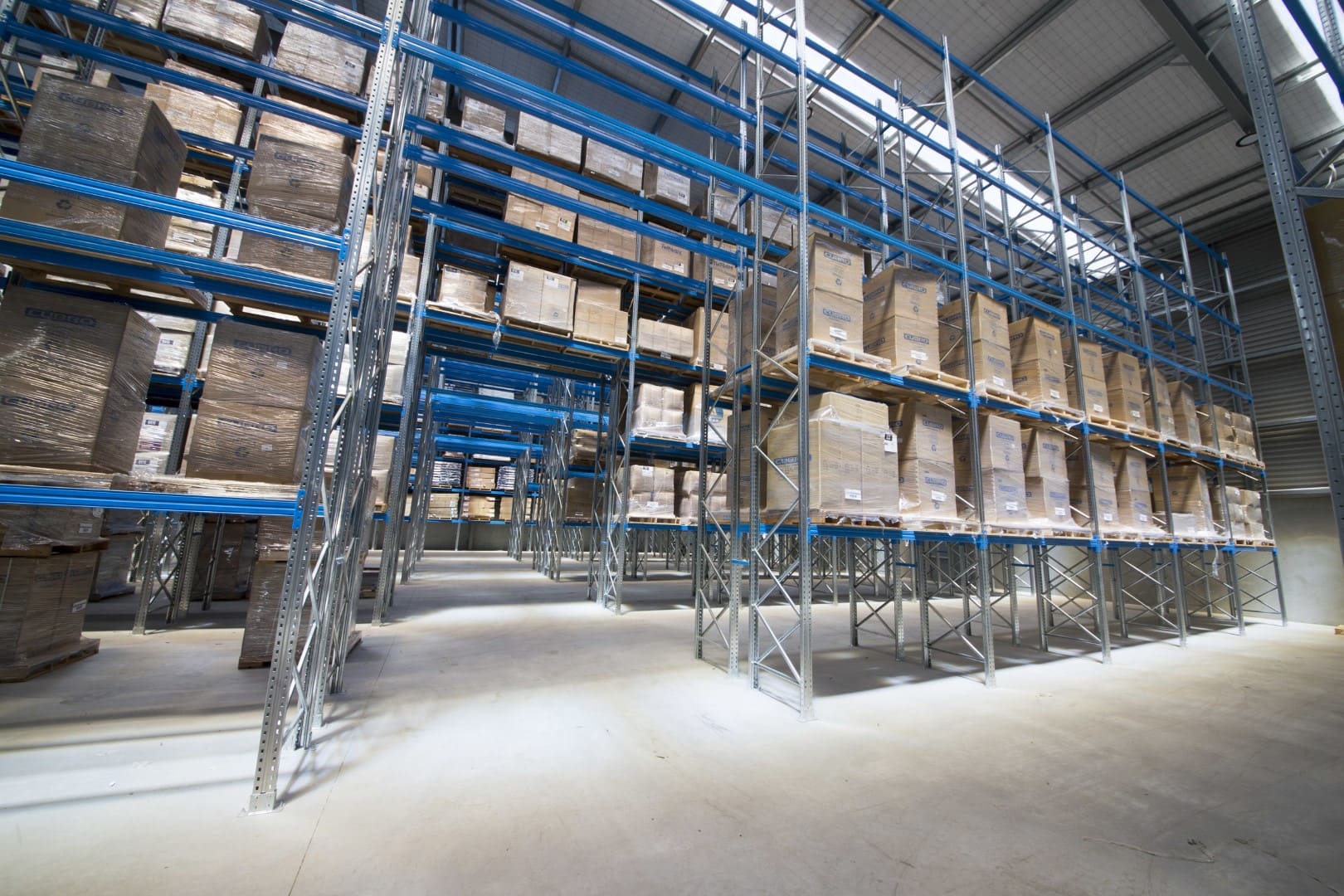
Selective pallet racking is the most common and widely used system across industries. It allows direct access to every pallet, making it ideal for businesses with high inventory turnover. This system is relatively easy to install, customizable, and cost-effective.
Key Features:- Flexibility: Adaptable to a wide range of pallet sizes and weights.
- Accessibility: Allows direct access to each pallet.
- Cost-Effective: One of the most affordable racking systems.
Best For: Businesses with high SKU diversity and FIFO inventory systems.
Pro Tip: Use double-deep selective racking to maximize space efficiency by placing one pallet behind another, reducing aisle space but requiring special forklifts for deeper access.
2. Drive-In/Drive-Through Racking
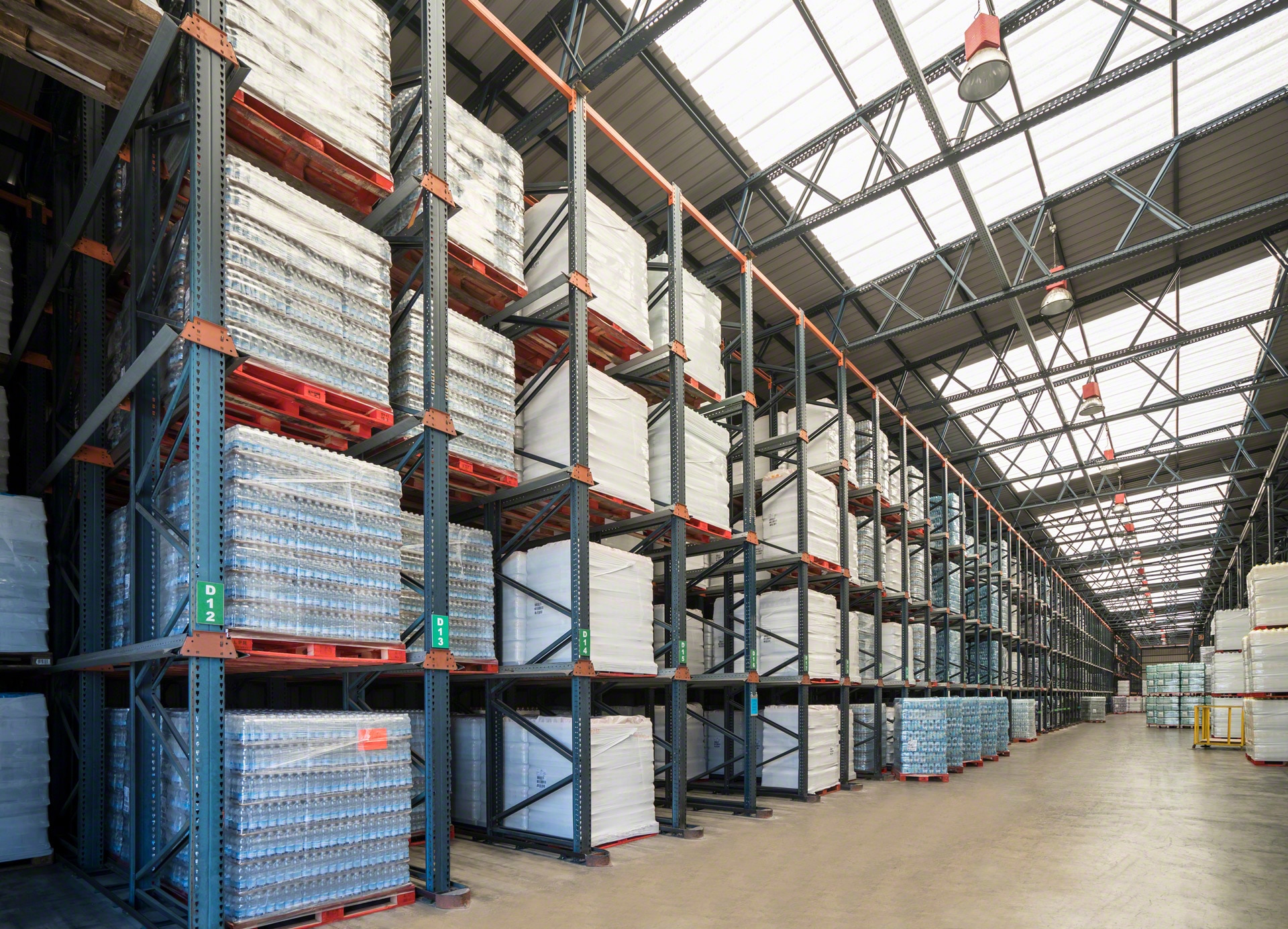
Designed for high-density storage, drive-in and drive-through racking systems allow forklifts to enter the racking structure for loading and unloading. This system is perfect for storing large quantities of the same SKU, maximizing storage space by minimizing aisles.
Key Features:- High-Density Storage: Utilizes available space efficiently.
- LIFO/FIFO: Drive-in supports LIFO, while drive-through supports both LIFO and FIFO.
- Cost-Effective: Ideal for bulk storage.
Best For: Cold storage warehouses or seasonal products.
Pro Tip: Prioritize safety, as the racking needs to withstand frequent forklift movement. Regular maintenance is key.
3. Pallet Flow Racking

Pallet flow racking uses inclined rollers or wheels to automatically move pallets from the loading side to the retrieval side, operating on a FIFO basis. This makes it ideal for perishable goods requiring strict inventory rotation.
Key Features:- FIFO Management: Ensures efficient stock rotation.
- Automated Movement: Reduces labor costs and retrieval time.
- Space-Efficient: Maximizes floor space.
Best For: Food, beverage, and pharmaceutical industries.
Pro Tip: This system is perfect for fully automated warehouses, cutting down on manual labor.
4. Push-Back Racking
Push-back racking stores multiple pallets on inclined carts. When a new pallet is loaded, it pushes the previous pallet back. Upon retrieval, the pallets automatically move forward.
Key Features:- LIFO Storage: Last pallet in is the first one retrieved.
- Space Efficiency: Reduces aisle requirements.
- Quick Access: Enables fast loading and unloading.
Best For: Non-perishable goods or products with no strict rotation requirements.
Pro Tip: This system can accommodate up to six pallets deep, making it ideal for warehouses with limited floor space.
5. Cantilever Racking
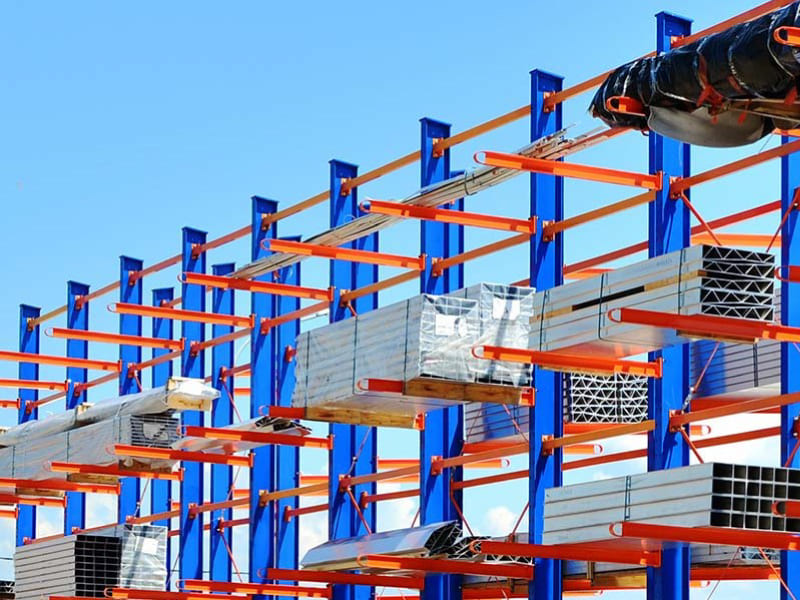
Designed for long, bulky items like pipes, lumber, or steel, cantilever racking has no vertical uprights on the front, allowing easy access.
Key Features:- Open Front Design: Perfect for oversized loads.
- Heavy-Duty Construction: Handles heavy materials.
- Versatile: Available in single or double-sided configurations.
Best For: Lumber yards and construction suppliers.
Pro Tip: Customize the arms to support specific materials and ensure even weight distribution.
6. Double-Deep Racking
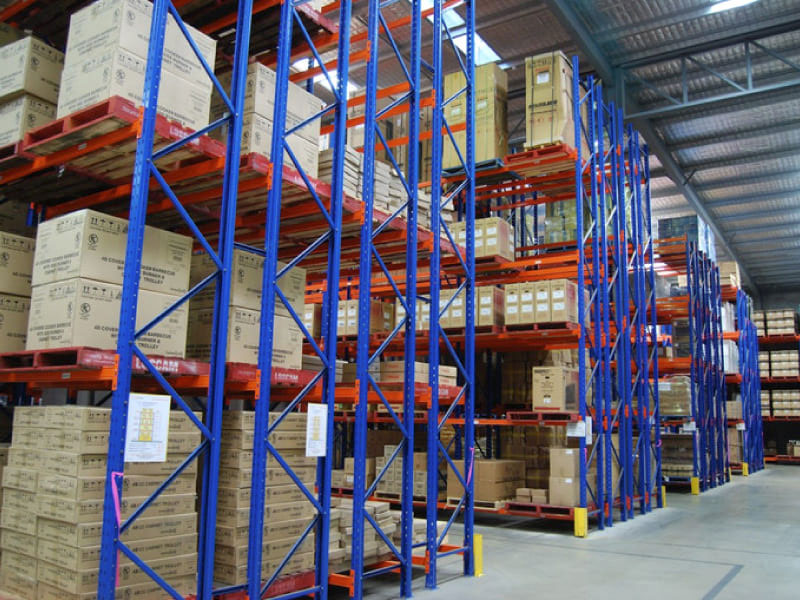
Double-deep racking stores pallets two rows deep, increasing storage density but requiring specialized forklifts with extendable reach.
Key Features:- Maximizes Storage: Increases pallet capacity.
- Specialized Equipment: Requires forklifts with extendable reach.
- Ideal for LIFO: Suitable for non-perishable goods.
Best For: High-volume warehouses with limited space.
Pro Tip: Reduces aisle space, making it efficient for compact warehouses.
7. Pallet Shuttle Racking
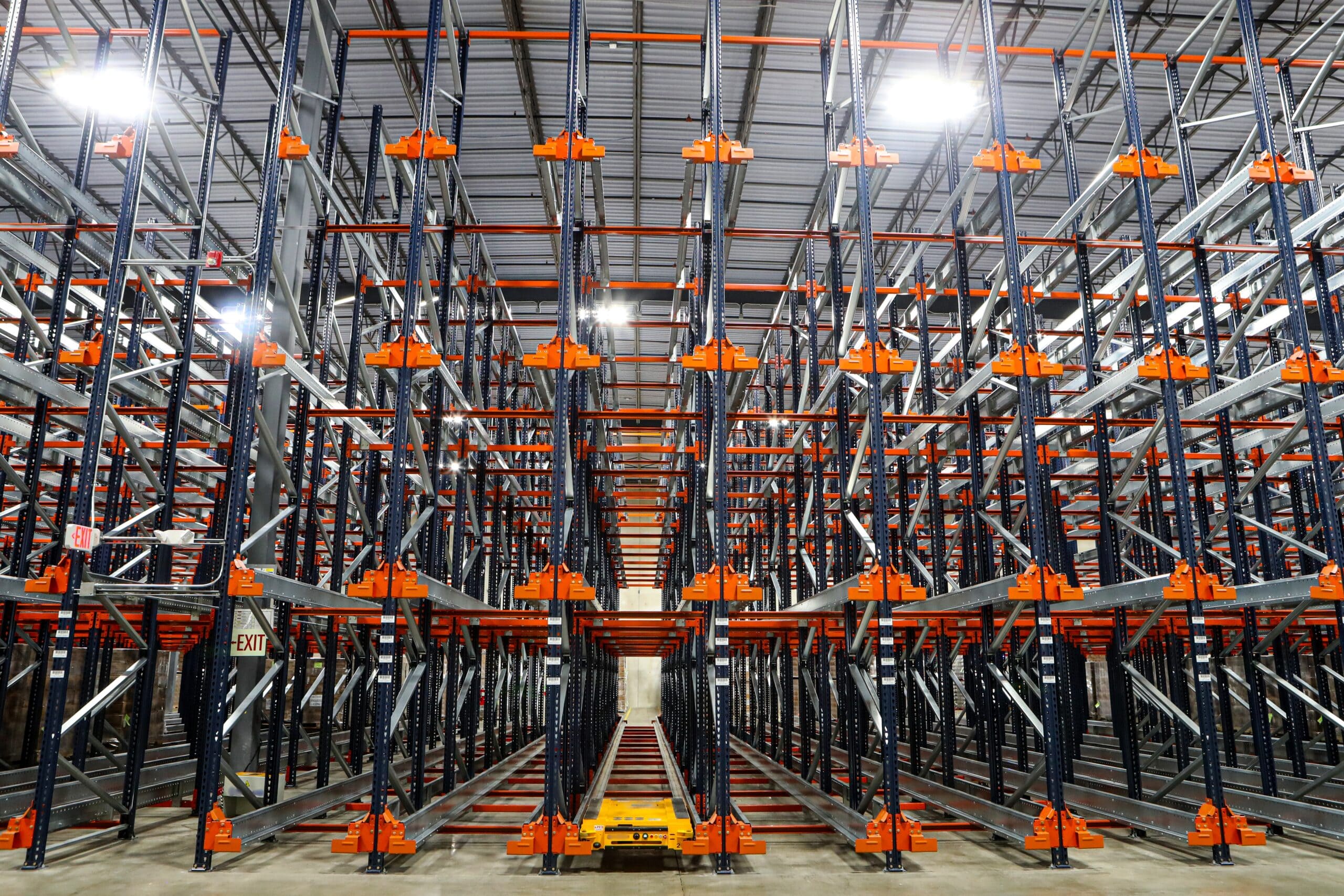
Pallet shuttle systems are semi-automated, using a shuttle or cart that moves along rails inside the racking. This reduces the need for forklifts, enhancing safety and efficiency.
Key Features:- Automated Storage: Reduces manual labor.
- High-Density Storage: Similar to drive-in racking but with better accessibility.
- Versatile: Operates in FIFO or LIFO modes.
Best For: Large distribution centers.
Pro Tip: Combine with AS/RS systems for a fully automated warehouse solution.
Conclusion
Choosing the right pallet racking system is essential for optimizing warehouse operations. From selective racking for flexible access to pallet shuttle systems for automation, each system offers unique benefits.
If unsure, Contact with our racking specialists or conduct a warehouse audit to make the best choice. The right racking system can significantly boost efficiency and reduce costs.
FAQs
1. What is the most cost-effective racking system?
Selective pallet racking is generally the most affordable option.
2. How often should I inspect my racking?
At least once a year or more frequently for high-traffic warehouses.
3. Can I combine different racking systems?
Yes, many businesses combine systems for flexibility and efficiency.
Do you need more information?
Our team of experts will be happy to help you with any questions you may have.
More information